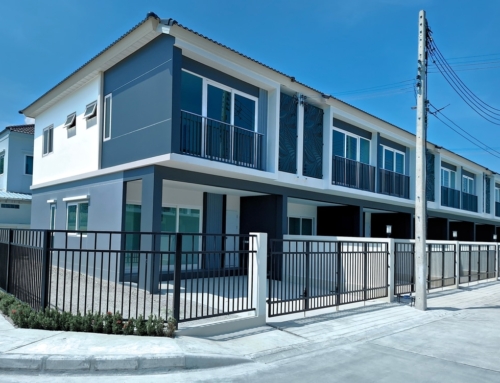Last year was the year of the housing recovery. Home prices increased almost 12 percent over in 2013—almost twice what they did in 2012—bringing some markets back up to pre-crisis levels, according to Santa Ana, Calif.-based real estate analytics firm CoreLogic.
The housing market may not return to normal in 2014, and it may face new challenges as the year progresses. However, despite some potential headwinds, it’s unlikely the real estate market will experience the drastic highs and lows it has over the last few years. Here are some real estate market predictions for the coming year:
The economy will continue to recover.
The housing market still hinges on economic growth. Frank Nothaft, chief economist at Freddie Mac, said in a webinar presented by HousingWire and Equifax, that economic growth is expected to increase from 2.5 percent to 3 percent—half a point better than expected.
“With that better rate of growth, that should quicken job creation and help to gradually push the unemployment rate lower,” he said.
Nothaft added that he expects unemployment to fall below 7 percent by mid-2014, and more Americans with jobs means more Americans with the ability to buy homes.
Interest rates will increase.
Interest rates grew about 1 percent in 2013, from historic lows of 3.3 percent to about 4.3 percent. Barring a catastrophic economic disaster, interest rates will be on the rise in 2014, perhaps passing 5 percent.
The upswing in interest rates will be due largely to the Federal Reserve, which plans to taper down its bond-buying stimulus program over the course of 2014. The Fed’s quantitative easing program—where it purchases $85 billion in bonds from banks each month to provide them with the cash they need to lend at low rates—has been going on for more than five years. As this program slows down, rates will go up.
Home prices will be on the upswing.
“Home values in national indices will continue to rise in 2014, but not at the rapid pace we have seen over the last year,” Nothaft said. He expects to see home price growth more in line with 2012, cutting the 2013 rate in half.
That’s actually not a bad thing. Home values rose so much and so quickly in 2013 that some experts felt a new bubble was threatening to burst in certain markets.
A cooling off in some of those hot markets will help reign in explosive growth and will start to bring home price appreciation back to a more normal rate of between 1 percent and 3 percent growth per year.
Housing affordability may dwindle if income can’t keep up.
Rising home prices have already priced some middle class Americans out of homes. In cities like Seattle, Portland, Washington D.C., New York, Boston, Los Angeles, San Diego, and Denver, median-income families cannot comfortably afford to buy a median-priced home, according to data from Freddie Mac.
With home prices and interest rates growing, the only way for homes to remain affordable is if income grows accordingly. The 1.5 percent growth in income in 2013, reported by the U.S. Department of Labor, can’t keep up with the huge growth in home prices.
“Income growth is the denominator of the ratio here,” Amy Crews Cutts, chief economist at Equifax, said in the webinar. “That provides the financial wherewithal for families to afford to buy in these more challenging, high-cost markets.”
Household formation will remain a key question.
New households—graduating college kids moving out on their own, new immigrants moving in, or even families splitting into two—are a key part of the housing market. Normally, 1.1 million households form in any given year. But according to recent census data, household formation has slowed since the Great Recession, and only 380,000 new households were formed since November 2012.
The problem boils down to young people, whose job prospects still aren’t great and who therefore are still financially insecure. Burdened with student debt and struggling to find solid employment, they’re living with their parents or doubling up with roommates, Cutts said. With these young people delayed five to 10 years on buying a home, it’s likely that the void of new buyers is going to continue to grow.
Household formation is a key metric to keep an eye on in 2014. If it remains low, it will be difficult for the housing market to return to normal.
[amazon_link asins=’0061944874,0812927427,0609809954,0812927419′ template=’ProductCarousel’ store=’thinkglink-20′ marketplace=’US’ link_id=’c1db2ba5-e68e-11e7-ad0b-b3d612b3a656′]






